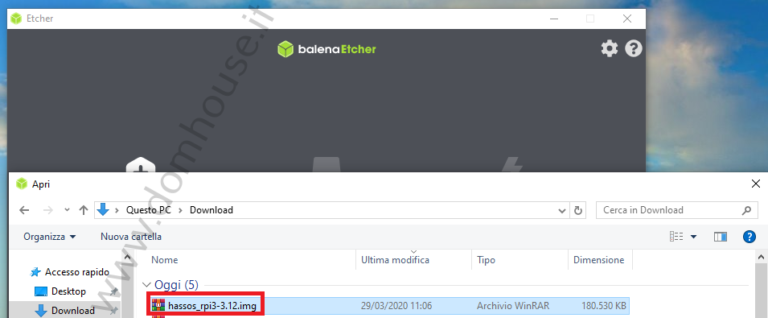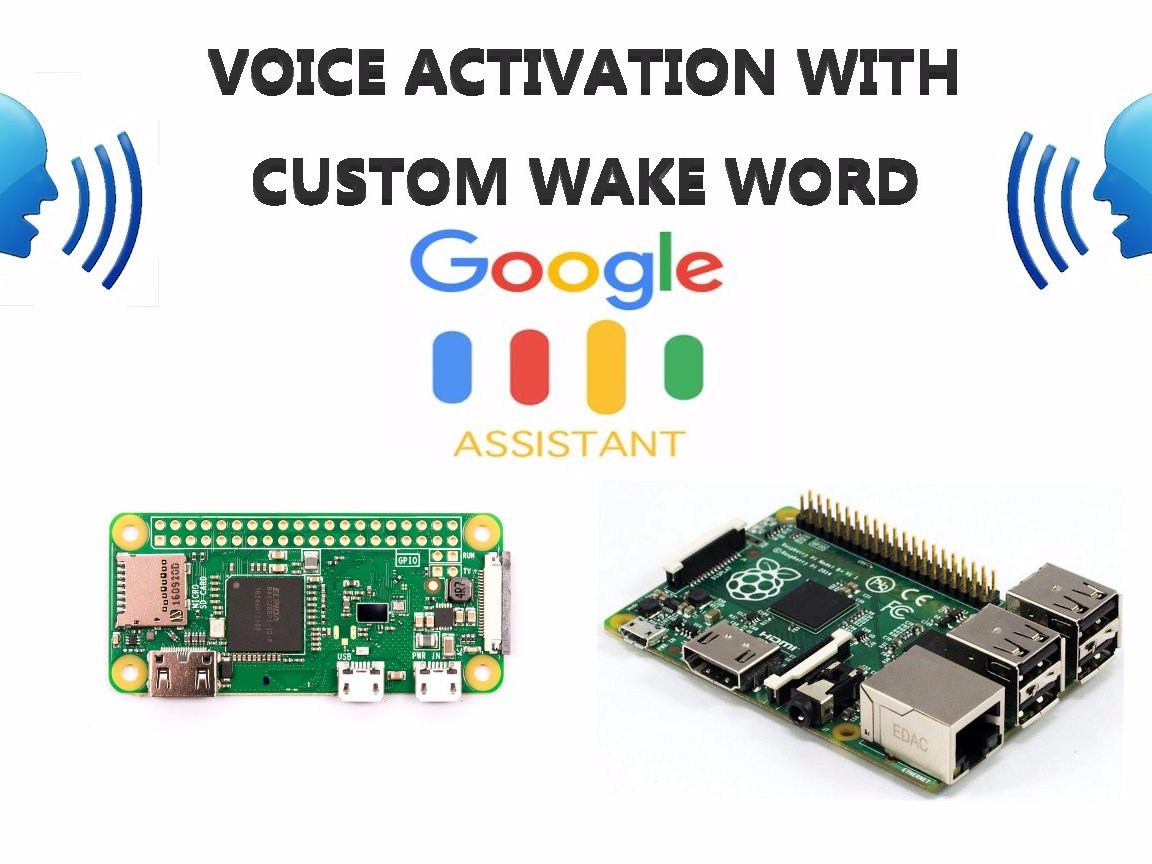

This is because, as I write this, Home Assistant incorrectly identifies some of the devices, so it is better to ignore its suggestions for now, and configure your devices manually later. Just click the Finish button on the lower right. Do not configure any devices on the initial configuration screen.Follow the official directions to get through this page to the next one, on to device configuration.You can click on the central pulsing blue dot to see an extended log of how far it has gotten. Now, in a web browser you can go to and you should see the blue-framed preparing screen. Reference: Raspberry Pi Headless Setup by thatiotguy Published July 11, 2020 If you are on Mac, double check that it really has no extension, not just a hidden .txt extension. If you are on Windows, remember to save the file with Unix style line separators. # Uncomment below if your SSID is not broadcasted Inside that use a plain text editor to create a file named my-network (no extension) with contents: In that drive, create a directory named network. This is how you can do the install without a wired ethernet connection.įormat the thumb drive as MS-DOS FAT. This is what tells Home Assistant to use your home WiFi. I’m writing this in the hopes of sparing you some pain. Although this actual installation was easy, I failed at least 5 times before.Because Home Assistant directly supports both the Raspberry Pi 3B+ and the Raspberry Pi 4 and 400, these same instructions will work for that hardware too.I was able to install Home Assistant Core on Raspberry Pi Zero W, but I could not get the add-on for the Zigbee dongle to install, and the additional cabling and adapters to cope with the Zero W looked ugly.



Home Assistant recommends either a Raspberry Pi 3 or 4 - installation is easier than with something else.The full-sized USB ports made set up easy without attaching a keyboard and monitor.No heat sink on it, and still the case over the CPU is cool to the touch. I didn’t need something more expensive that would run hotter.You can run it on a Raspberry Pi, but it is tricky enough to get going that I wrote this step by step guide.Ī 3D printed case, a Raspberry Pi 3B+, a Sonoff Zigbee 3 dongle, and a 5v power wall wart. Home Assistant is a flexible, open source, home automation server. This pictured compact unit is the entire hardware.


 0 kommentar(er)
0 kommentar(er)
